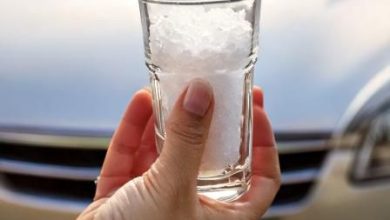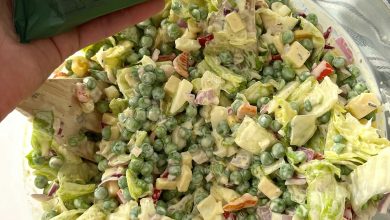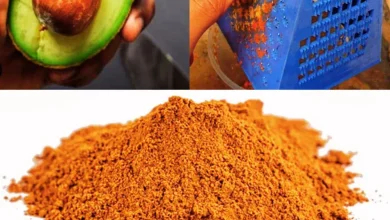Many Confuse This Plant with a Weed, But It’s Actually Full of Surprising Health Benefits
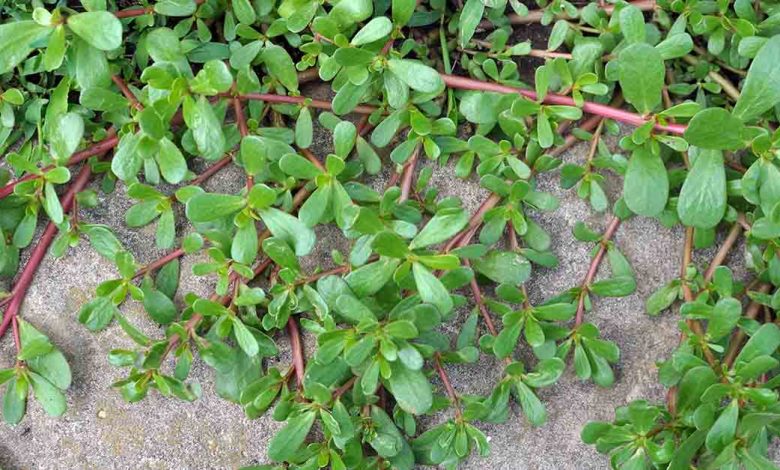
Purslane, which scientists call Portulaca oleracea, goes by a few other everyday names too, like pigweed, little hogweed, and fatweed. Interestingly, it’s also a popular leafy vegetable in many parts of the world, especially in Asia and Europe around the Mediterranean Sea. It’s not too difficult to grow, and it’s packed with important minerals and vitamins that can help protect your body. It makes sense then that people have used this juicy plant in traditional medicine for a long time. In fact, traditional Chinese medicine calls it “the vegetable for long life”.
What Good Things Are Inside Purslane?
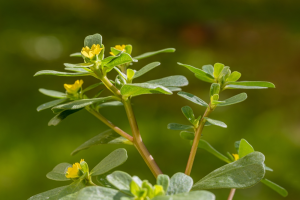
This fleshy plant is full of many helpful nutrients. It contains good amounts of vitamins A, E, and C, as well as minerals like calcium, magnesium, manganese, potassium, and iron. You can also find smaller amounts of folate, phosphorus, and copper in it, along with B vitamins like B1, B2, and B3. Because purslane is mostly water (about 93%), it doesn’t have many calories, but it’s very rich in nutrients. Plus, it’s a versatile food that you can easily add to many different kinds of meals.
A Good Source of Healthy Omega-3 Fats
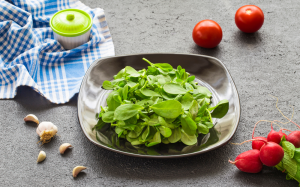
Omega-3 fatty acids are important fats that our bodies can’t make on their own, so we need to get them from the food we eat. When people think of omega-3s, they often think of oily fish like salmon. But purslane is a great example of a plant that contains these healthy fats. While this plant doesn’t have a lot of fat overall, most of the fat it does have is in the form of omega-3s, according to Healthline. What’s more, it contains two main types of these fatty acids: ALA and EPA. ALA is found in many plants, like spinach, but purslane has a lot more – about 5 to 7 times as much. On top of that, EPA is usually found in animal products and algae, and it’s not very common in plants that grow on land. EPA is also known to be more readily used by the body than ALA.
Full of Protective Antioxidants
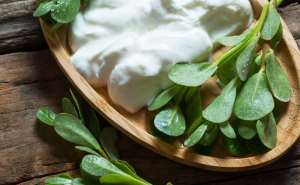
The vitamins found in purslane are also antioxidants, which help protect our bodies. For instance, vitamin C, also known as ascorbic acid, helps keep our bones, skin, and muscles healthy. Vitamin A contains beta-carotene, which is well-known for helping with good eyesight. And purslane has alpha-tocopherol, a type of vitamin E that may help protect the outer layers of our cells from damage. Additionally, this plant contains other antioxidant compounds like glutathione and betalain, which also help protect cells from harm. It even has melatonin, which is a natural substance that can help with sleep.
Rich in Potassium and Calcium
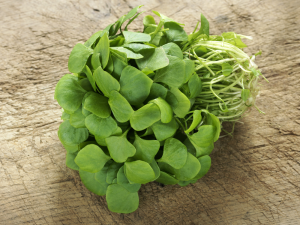
Antioxidants aren’t the only good things you’ll find in this plant that some call a weed. Purslane is also a good source of potassium, magnesium, and calcium. Scientific studies have suggested that getting enough potassium in your diet can help lower blood pressure, which is good for your heart. Meanwhile, calcium plays a key role in how our kidneys work, how we digest food, and most famously, in keeping our bones strong, according to a report from 2019. Because of this, doctors often recommend that people with certain conditions, like hypoparathyroidism, problems absorbing nutrients, and osteoporosis, get more calcium.
Also Provides Magnesium

The Nutrition Source explains that magnesium helps with many important jobs in our bodies. These include keeping our blood sugar and blood pressure at healthy levels, helping our muscles and nerves work properly, and also building proteins and making our bones stronger. Eating a diet that includes enough magnesium may help lower the chance of developing certain health issues like high blood pressure and migraines. (It’s worth noting that studies on whether magnesium supplements provide the same benefits have had mixed results. Because of this, experts often suggest getting magnesium from the foods we eat.)
Things to Be Aware Of
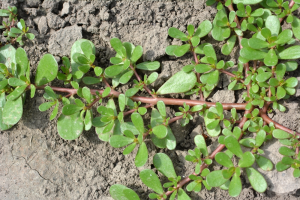
It’s important to know that purslane also contains high amounts of oxalates. Oxalates are natural substances found in many plants and also made by our bodies. However, they aren’t a nutrient we need, and too much of them might not be good for everyone. Oxalates can bind to other minerals in our digestive system, like calcium and iron, forming compounds that are then passed out of the body instead of being absorbed. Sometimes, this binding can also lead to the formation of crystals, which can contribute to kidney stones.
Who Might Want to Be Careful with Purslane?
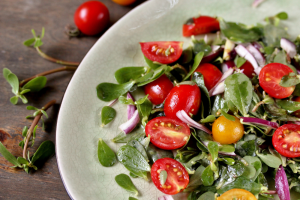
Because of the oxalate content, research often suggests that people who have high levels of this acid in their urine should follow a diet low in oxalates. If this applies to you, or if you have conditions that increase your risk of kidney stones (like inflammatory bowel disease or other problems with your digestive system), it’s a good idea to talk to a doctor before you start eating purslane regularly.
How You Can Eat Purslane
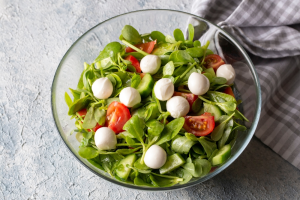
This leafy green can be eaten either cooked or raw. In this way, it’s similar to other leafy greens like spinach and Swiss chard. It has a slightly sour taste. People often add it to salads or sandwiches, just like they would other leafy vegetables. You can also use it in place of spinach in recipes like quiche. Another way to enjoy it is by blending it into pesto or soup, or by using it to add flavor to stir-fries, meat dishes, and grilled vegetables.
How Purslane Grows
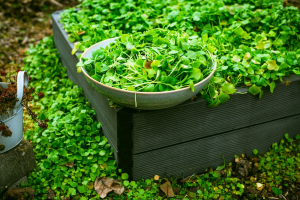
You might have already seen this plant growing in gardens or even in cracks in the sidewalk. Purslane is a tough plant that can grow in different conditions, even through dry spells and in soil that is salty or doesn’t have a lot of nutrients.
This makes it a good choice for both experienced and new gardeners who are looking for a plant to cover the ground or fill hanging baskets. It doesn’t need a lot of water, even though it likes warm weather, and it can grow well in any soil that drains properly. According to the University of Wisconsin-Madison, it will grow best in full sunlight, needing about six to eight hours of light each day. Keep in mind that purslane plants live for only one season and can’t survive frost, so you’ll need to enjoy your harvest during the warmer months.
